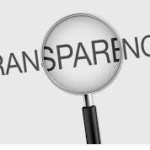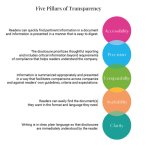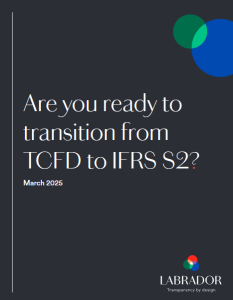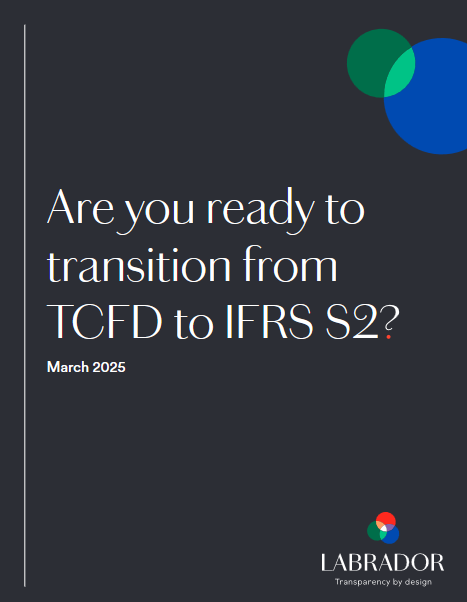Recently, I blogged about the challenges that those new to proxy disclosure face. Many of those same lessons apply to those tasked with drafting an ESG report for the first time.
Labrador’s Sara McKinstry and Nancy Mentesana note a few other items that are more unique to the ESG reporting process compared to the proxy process:
- You can’t do it alone, even if you’re in charge – It’s a team effort and hopefully senior management has made it clear that ESG is a topic that is woven into the company’s culture and everyone has a sense of responsibility for it and will be helpful to you.
As I’ve blogged about before, you need to know your authority when drafting an ESG report – and as I’ve blogged before, you need to know when needs to review what’s in it before it goes to press. - Being organized and planning is of utmost importance – As you might imagine, putting together an ESG report is a project that requires project management. Those who have drafted proxies before know the importance of a “Time & Responsibility Schedule” that is taken seriously by all those involved.
- Build relationships with those on your team – Part of the planning process is relying on others to adhere to your schedule and deliver. That means they need to feel part of your team. And the most persuasive thing you can do to help them feel that way is to build genuine relationships. This is something that often is overlooked but it’s truly the key to success here.
In many cases, you’re relying on others – both inside the company and outside – to provide you data or information for the first time. You are adding something new to their daily obligations, their daily workflow. So your request likely won’t be a high priority unless someone senior gets involved.
And even if someone senior does get involved, they likely won’t be directly involved, so some cajoling will be necessary. The carrot often beats the stick here. - Survive the first year – That first year is going to be a bear. You’re building processes and relationships from scratch. Data that has never been collected before needs to be found. Education will be necessary for all. It’s a lot to do and a lot of mistakes will be made.
You’ll need to breathe deep and be okay with being overwhelmed, comfortable in the knowledge that this (hopefully) will be the worst it can get as the processes mature and experience is gained in future years.
For the most part, those experienced stakeholders reading your first report know that ESG is a journey and they don’t expect that first ESG report to be perfect. They’ll be reading your report to ensure you have the proper governance structure in place so that your ESG reporting evolves into all that it should be. That there has been real thought behind what you are reporting, in terms of goals and actions already taken. And that you are addressing reality and not disclosing “happy talk” that has the taint of greenwashing.
They know that you are just laying a baseline and they expect you to quickly evolve your reporting within a 2-3 year time frame. They’ll want to see real progress in your following reports.

























